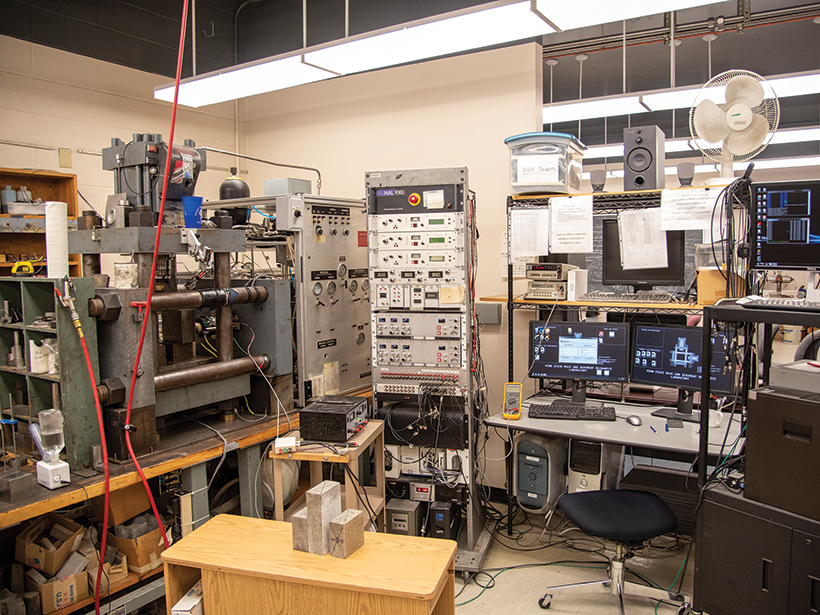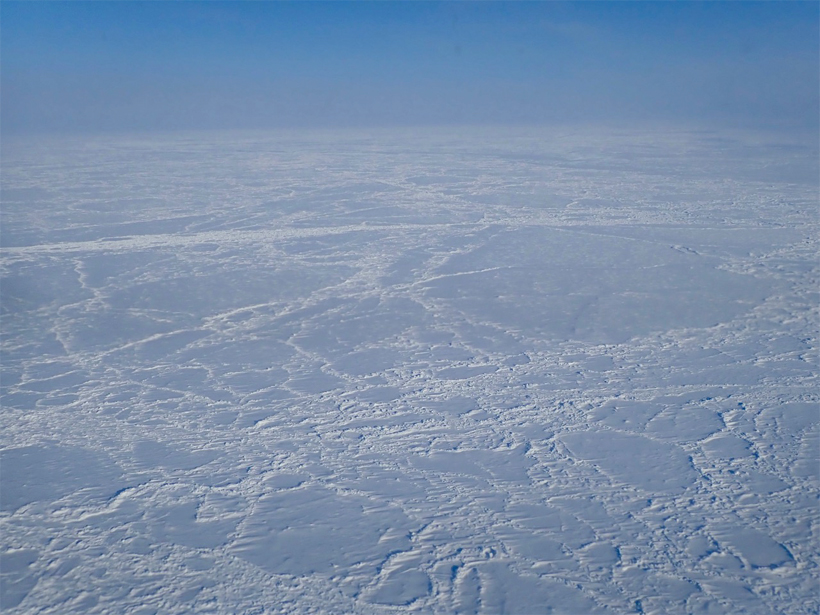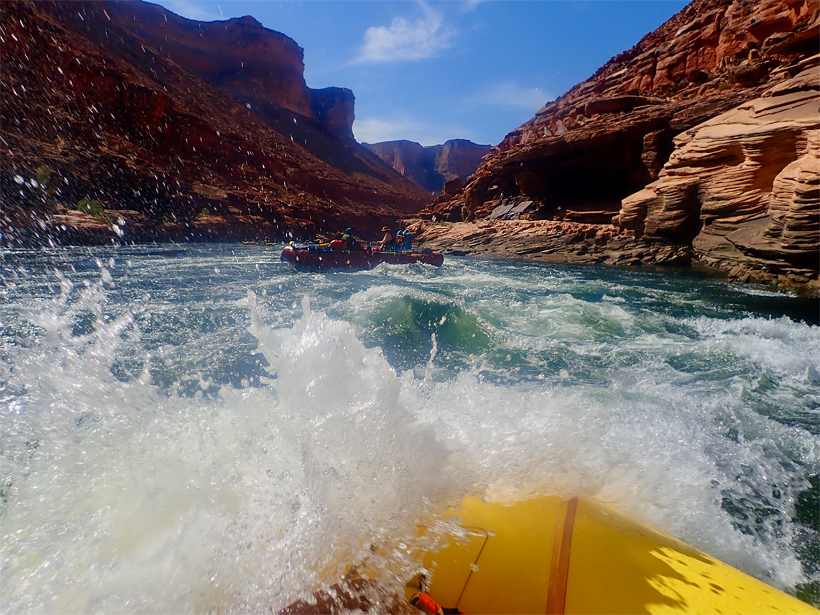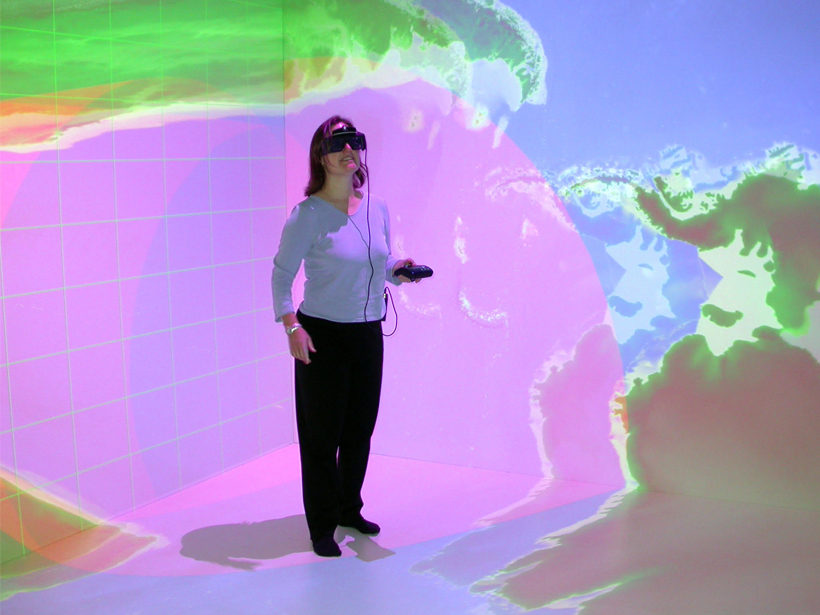We have the potential to transform our understanding of Earth—if we can just figure out how to harness ever growing data streams.
Features
No Place to Flee
The Syrian refugee crisis has had far-reaching consequences for geologic risk in neighboring Lebanon, providing insights into the interplay between forced displacement and natural disasters.
Machine Fault
Applying machine learning to subtle acoustic signals from an earthquake machine has revealed big clues about fault behavior in the lab.
Three Times Tectonics Changed the Climate
Fifty years after the birth of modern plate tectonics theory, a group of researchers highlights three key examples of how our planet’s shape-shifting outer layer has altered our climate.
Will Earth’s Grandest Canyon Keep Getting Grander?
Living in Geologic Time: Rafting through the past, present, and future of the Colorado River and the Grand Canyon.
Does Io Have a Magma Ocean?
Future space missions will further our knowledge of tidal heating and orbital resonances, processes thought to create spectacular volcanism and oceans of magma or water on other worlds.
Einstein Says: It’s 309.7-Meter O’Clock
Atomic clocks are now so accurate that Earth’s gravity can be seen to slow them down. Geodesy is preparing to use this relativistic effect to measure elevation.
Louise Kellogg: Geoscientist, Mentor, Science Communicator
The geoscientist, who studied Earth’s mantle and believed strongly in the power of mentoring, passed away in April.
The Coming Surge of Rocket Emissions
With the space industry’s rapid growth, rocket exhaust will increasingly accumulate in the atmosphere. How this accumulation might affect the planet is unknown—because we’re not taking it seriously.
Can NASA Get Its Satellite Data into the Real World?
This article has been removed due to inconsistencies regarding quotations and concepts.









